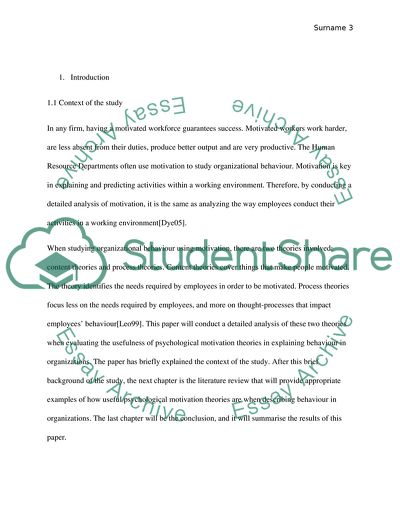Cite this document
(Explaining Employees Behaviours Using Psychological Motivation Research Paper, n.d.)
Explaining Employees Behaviours Using Psychological Motivation Research Paper. Retrieved from https://studentshare.org/psychology/1873227-hrm-how-useful-are-psychological-motivation-theories-in-explaining-behaviour-in-organizations
Explaining Employees Behaviours Using Psychological Motivation Research Paper. Retrieved from https://studentshare.org/psychology/1873227-hrm-how-useful-are-psychological-motivation-theories-in-explaining-behaviour-in-organizations
(Explaining Employees Behaviours Using Psychological Motivation Research Paper)
Explaining Employees Behaviours Using Psychological Motivation Research Paper. https://studentshare.org/psychology/1873227-hrm-how-useful-are-psychological-motivation-theories-in-explaining-behaviour-in-organizations.
Explaining Employees Behaviours Using Psychological Motivation Research Paper. https://studentshare.org/psychology/1873227-hrm-how-useful-are-psychological-motivation-theories-in-explaining-behaviour-in-organizations.
“Explaining Employees Behaviours Using Psychological Motivation Research Paper”. https://studentshare.org/psychology/1873227-hrm-how-useful-are-psychological-motivation-theories-in-explaining-behaviour-in-organizations.


